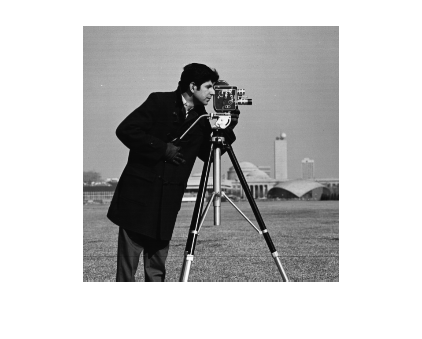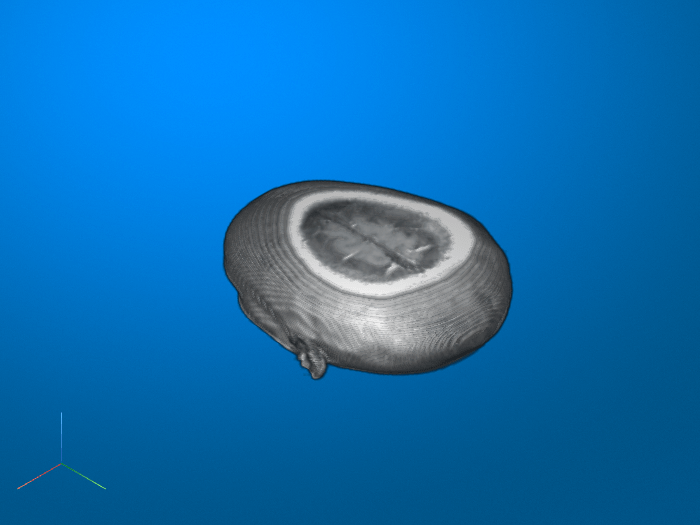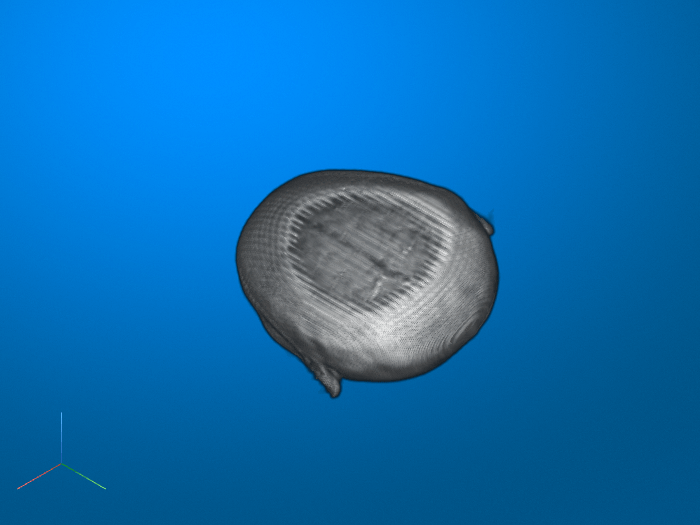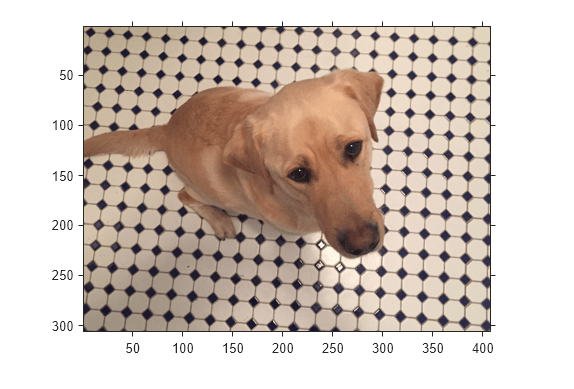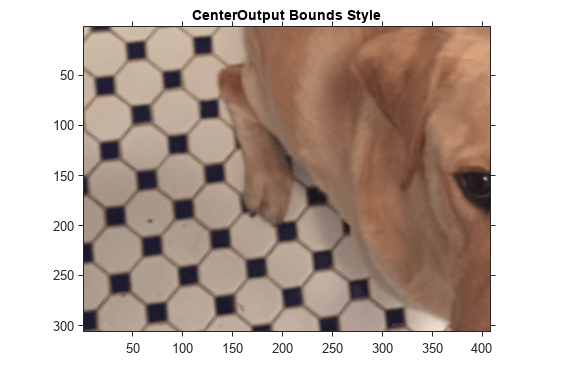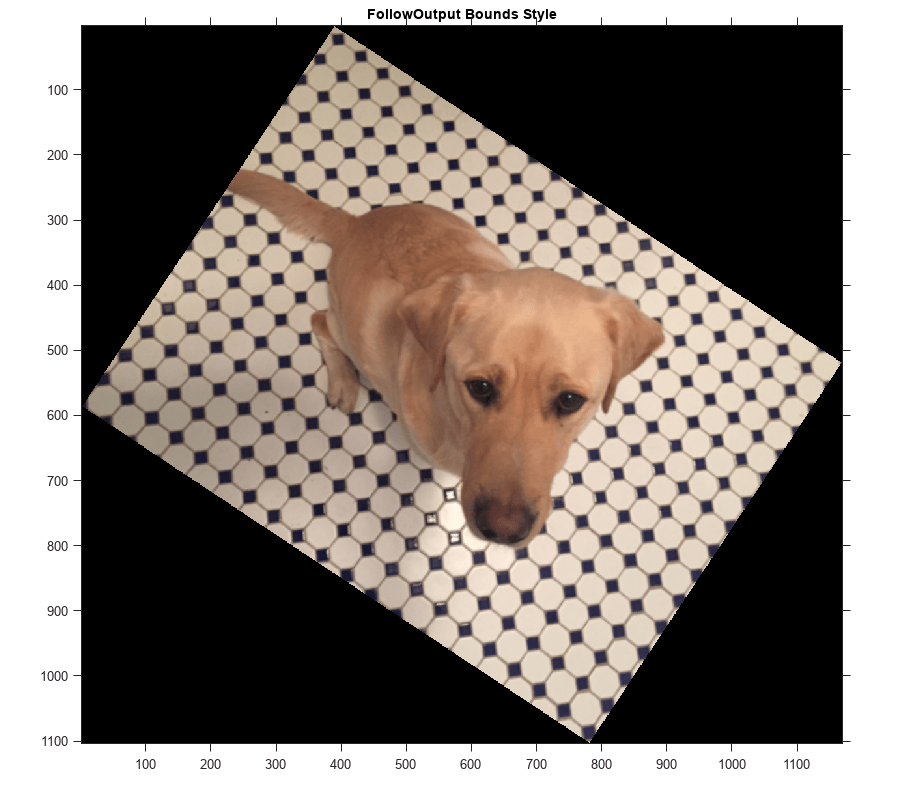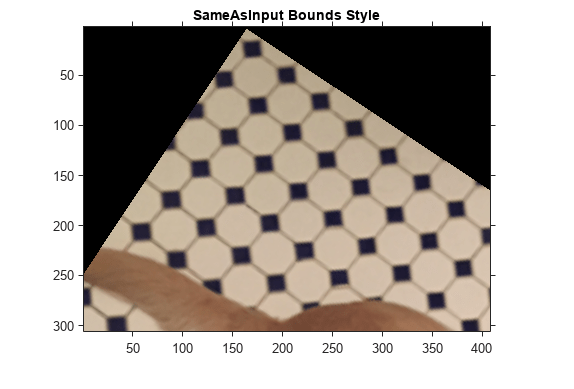imwarp
对图像应用几何变换
语法
说明
[___] = imwarp(___, 指定要使用的插值的类型。interp)
[___] = imwarp(___, 指定名称-值参量来控制几何变换的各个方面。 Name=Value)
提示
如果输入变换 tform 未定义正向变换,则使用 OutputView 名称-值参量来加速变换。
示例
输入参数
名称-值参数
输出参量
提示
算法
imwarp 通过将输出图像中的位置映射到输入图像中的对应位置来确定输出图像中的像素值(逆映射)。当输出图像中的像素中心没有映射到输入图像中的像素中心时,imwarp 会在输入图像中进行插值,以计算输出像素值。
该图说明棋盘图像的平移变换,其中每个方块均为 10×10 像素。按照惯例,输入空间中的坐标轴标记为 u 和 v,输出空间中的坐标轴标记为 x 和 y。使用逆变换,将输出坐标空间中具有 (x,y) 坐标 (25,35) 的像素映射到输入坐标空间中的 (u,v) 坐标 (5,5)。
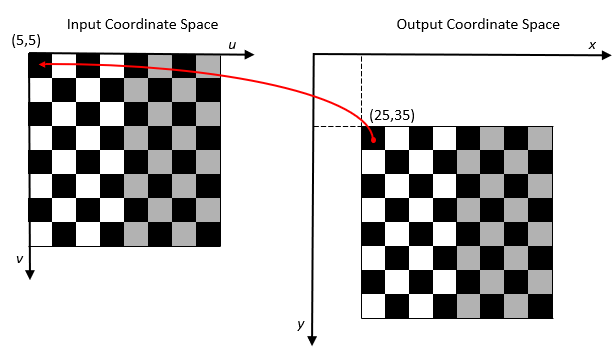
imwarp 使用世界坐标执行映射。有关详细信息,请参阅图像坐标系。
